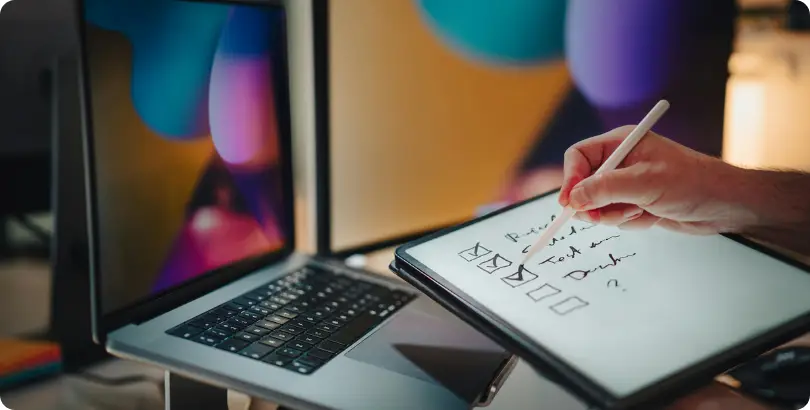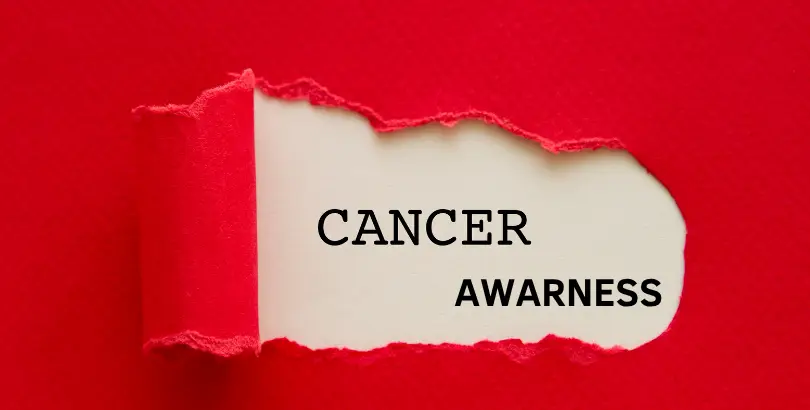
Professional Graphics Design That Elevates Your Brand
Graphic design surrounds us all — from the lid of your morning coffee to the sites you visit every day, from city billboards to the apps in your pocket. Behind every visual that grabs your attention, there’s a graphic designer bringing together creativity, technical aptitude, and visual storytelling to deliver a message.
If you’re creative, enjoy working with images, and are comfortable on a computer, a career as a graphic designer could be ideal for you. This guide will take you through the kind of work graphic designers do, the skills they require, the qualifications that will make you stand out, and the various routes you can follow to develop your career.
What Does a Graphic Designer Do?
At its essence, graphic design is the science and art of organizing text, images, color, and structure into visually effective and functional designs. These designs can be found on digital devices, in print, or even in interactive spaces.
Graphic designers are employed in a multitude of industries, ranging from marketing and advertising to technology, entertainment, publishing, and more. Some are specialized in a specific area, while others work within multiple fields.
Some common duties include:
Researching and sourcing inspiration to develop applicable designs
Developing and drawing up preliminary ideas
Working with other professionals like copywriters, marketers, and photographers
Showing design concepts and feedback
Choosing fonts, color palettes, and design materials appropriate to the project
Typesetting text and placing photographs for print
Checking and perfecting designs prior to submission
Keeping current with design trends and technological developments
Handling and keeping up licensed design software and tools
In essence, a graphic designer closes the gap between an idea and its visual interpretation, making certain the end product not only appears good but also conveys well.
“Great design isn’t just seen—it’s felt. Graphics design turns ideas into visual impact that speaks louder than words.”
Central Mediaa
Key Skills for a Graphic Designer
Though creative skill and sense of design are crucial, contemporary graphic design is technology driven. The majority of designers nowadays work entirely on computers, utilizing sophisticated design software to produce and perfect their designs.
Key creative skills:
Comprehension of visual hierarchy, balance, and composition
Great understanding of color theory and typography
Skill to produce original ideas and modify them according to the client’s requirements
Technical proficiency:
Proficiency in major design software like:
Adobe Photoshop
Adobe Illustrator
Adobe InDesign
CorelDRAW
Affinity Designer
Understanding of other creative tools like Procreate (for digital illustration), Blender (for 3D), or SketchUp (for 3D modeling)
Other handy knowledge:
Basic digital photography skills, image editing, and color correction
Knowledge of print processes, such as file preparation and color balancing
Familiarity with tablets, styluses, and other digital drawing instruments
Knowledge of cloud storage, digital asset collections, and file management tools
A good designer combines creativity and technical competence, and continuously refines both.
Qualifications for Becoming a Graphic Designer
Unlike other careers, graphic design has more than one entry point. A formal degree is beneficial, but it is not the sole path into the industry.
Some formal educational options are:
Bachelor of Graphic Design, Visual Arts, or related course
Diploma or certificate in Graphic Design
Master’s for expert specialization
Alternative paths of learning:
Certificate courses from design schools or online resources
Personal learning through tutorials, books, and practice projects
Specialized software certifications (e.g., for Adobe Creative Suite)
While getting a formal education can train you in structured design fundamentals and expose you to mentors, most designers are self-taught. What matters most is your portfolio — a collection of your best and most relevant work.

Career Paths in Became a Graphic Designer
Graphic design provides freedom of choice in how you develop your career. Depending on your abilities, interests, and style of work, you may select one or more of the following options:
1. Self-Learning and Independent Practice
If you’re design-minded, you can start off by learning software and design principles on your own. There are numerous free and paid resources online that can teach you tools and techniques. Learning on your own also lets you work through your personal style and experiment without the added pressure of meeting client deadlines.
2. Internships
Internships are an excellent means to acquire first-hand experience, either during or after your studies. They introduce you to actual workflows, industry feedback, and working together with other creatives. Even a couple of months in a studio can really boost your abilities and confidence.
3. Freelance Work
Most designers start off as freelancers, working on small projects for small businesses, startups, or individuals. This will help you develop a varied portfolio while earning income. Freelancing is possible in addition to other work, and if it is successful, may culminate into an independent full-time career.
4. Agency or In-House Design Roles
You might choose to work in a creative agency, producing designs for multiple clients, or as an in-house designer for a company, focusing on its branding and marketing materials. Agency work is often fast-paced and varied, while in-house roles allow for deeper brand immersion.
Building Your Portfolio
Your portfolio is your most valuable asset as a graphic designer. It’s what employers and clients will look at before deciding to hire you.
Tips for building a solid portfolio:
Cover a range of work: logos, posters, web sites, packaging, etc.
Illustrate your process — from initial sketches to finished piece
Prioritize quality, not quantity; a handful of exceptional work is preferable to a large number of mediocre pieces
Refresh it periodically with new and timely work
Think about developing both an electronic portfolio (web site or PDF) and a print one for face-to-face meetings
If you don’t have professional projects, do some of your own briefs or redo existing brands as practice pieces.
Steps to Become a Graphic Designer
Here is a working guideline to guide you through your graphic design career:
Step 1: Complete Your Basic Education
Most design courses expect you to have completed school (10+2 or its equivalent). While at this level, engage in art, design, or computer-related activities to establish your creative foundation.
Step 2: Choose Your Learning Path
Decide whether you’ll pursue formal education, self-directed learning, or a combination of both. Enroll in courses that teach design principles, typography, digital illustration, and layout design.
Step 3: Master Design Software
Proficiency in industry-standard software is essential. Start with Adobe Photoshop and Illustrator, then expand to InDesign and other tools relevant to your niche.
Step 4: Practice, Practice, Practice
The more you create, the more skilled you’ll become. Work on personal projects, join design challenges, or volunteer to design for friends and neighborhood groups.
Step 5: Create Your Portfolio
Showcase your best work and curate it into a professional portfolio. Ensure that it showcases your style, talent, and range.
Step 6: Get Real-World Experience
Pursue internships, freelance work, or part-time jobs. Client work will show you the way to handle feedback, timelines, and project requirements.
Step 7: Apply for Jobs
Having a solid portfolio and some experience under your belt, begin applying for full-time positions or building your freelance business.
Is Becoming a Graphic Designer Tough?
The journey to becoming a graphic designer may be tough, but it is also greatly satisfying for someone who loves visual expression. Becoming successful in this career relies less on qualifications and more on your skill to create quality, functional designs.
It’s a competitive field, so you might need to cultivate specialty skills or areas of specialization — like motion graphics, UX/UI design, or 3D visualization — in order to compete.
The Future of Graphic Design
As technology advances at a breakneck pace, graphic design keeps pushing further and further into new frontiers. Expertise in animation, interactive design, and augmented reality is becoming highly sought after. With the advent of AI-powered design tools, designers will be required to concentrate even further on creativity, strategic thinking, and human-centered design — those aspects that machines cannot match.
Final Thoughts
To become a graphic designer involves a lot more than mastering software or keeping up with trends. It’s learning how to develop a heightened visual sense, communicate through image, and solve problems creatively. Regardless of whether you opt for a formal degree, self-education, or both, your portfolio will be the key that opens doors.
If you’re enthusiastic about design, willing to work hard, and willing to learn continuously, you can establish a prosperous and rewarding career in this dynamic, ever-changing profession.









